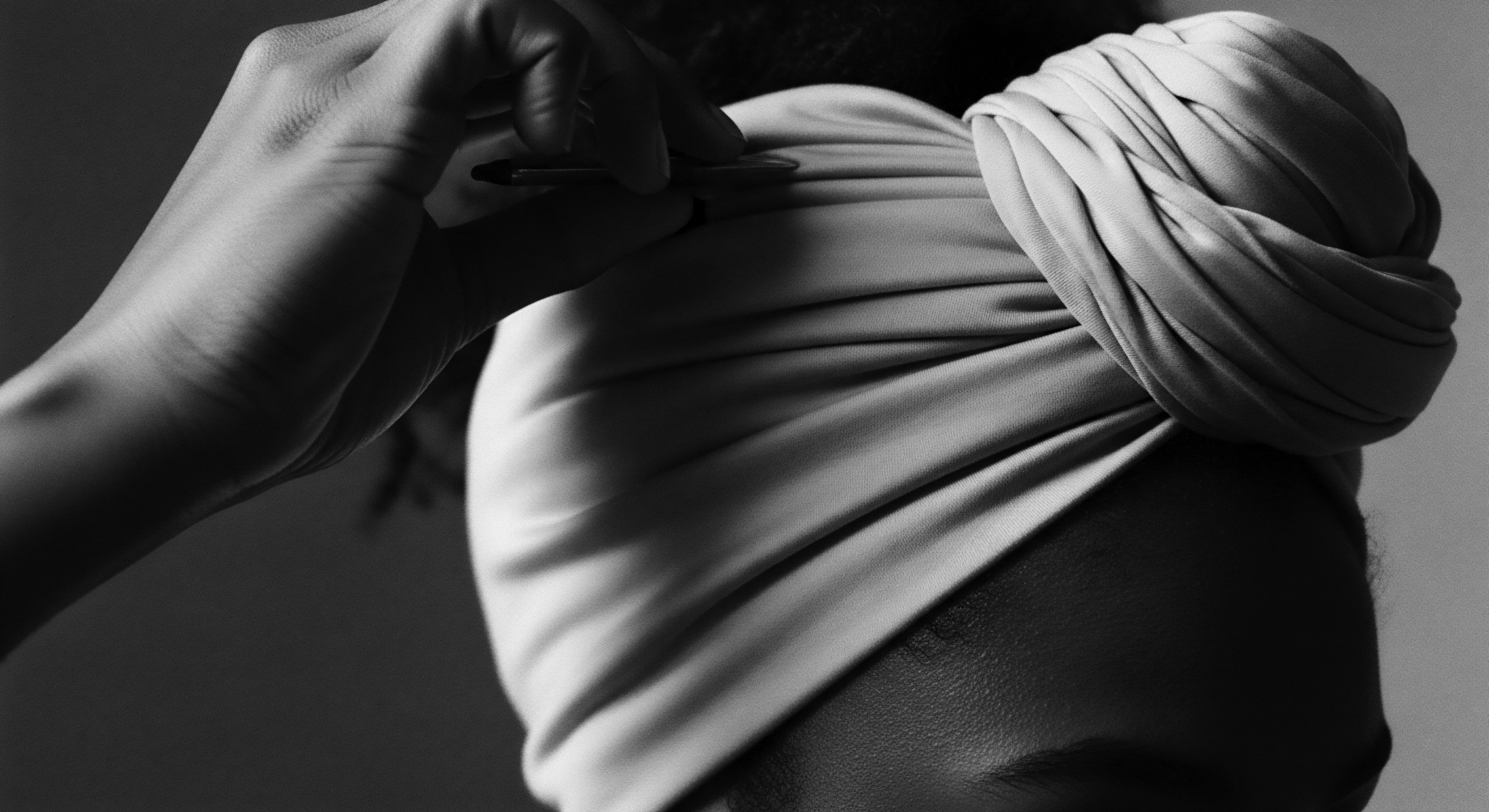
How did clay help textured hair?
Clay historically aided textured hair by cleansing, detangling, and fortifying strands, connecting deeply to heritage and ancestral practices.

What ancient cultural practices nourished textured hair through minerals?
Ancient cultures nourished textured hair through minerals like clay, ochre, and volcanic ash, recognizing their cleansing and fortifying properties within a rich heritage of holistic care.
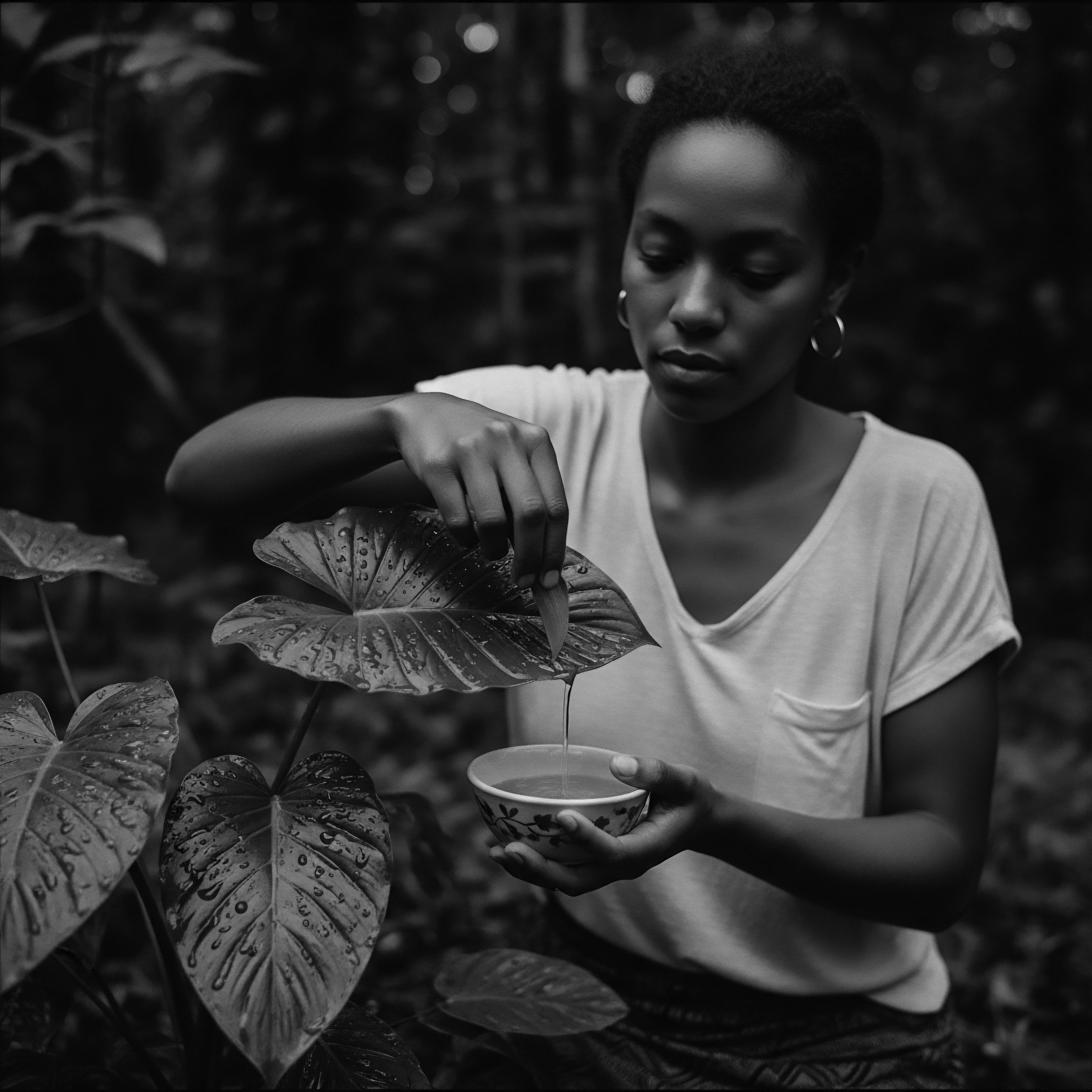
Indigenous Beauty Supply
Meaning ❉ Indigenous Beauty Supply encapsulates the ancestral knowledge, practices, ingredients, and communal wisdom used for holistic textured hair care.

What traditional foods promoted textured hair health?
Ancestral diets rich in diverse, whole foods supplied the foundational nutrients that deeply promoted textured hair health and resilience, honoring an enduring heritage.

What is the ancestral basis of protective textured hair styling?
Protective textured hair styling draws deeply from ancestral practices across Africa and its diaspora, valuing hair health and identity.

What ancestral practices shaped early views of textured hair?
Ancestral practices viewed textured hair as a sacred extension of identity and lineage, guiding its care through communal wisdom.

What ancestral practices supported textured hair growth?
Ancestral practices for textured hair growth centered on natural ingredients, protective styling, scalp care, and holistic well-being, deeply honoring heritage.

Did clay use in hair practices influence community bonding and heritage?
Clay use in textured hair practices profoundly strengthened community bonds and heritage through shared rituals, identity, and generational wisdom.
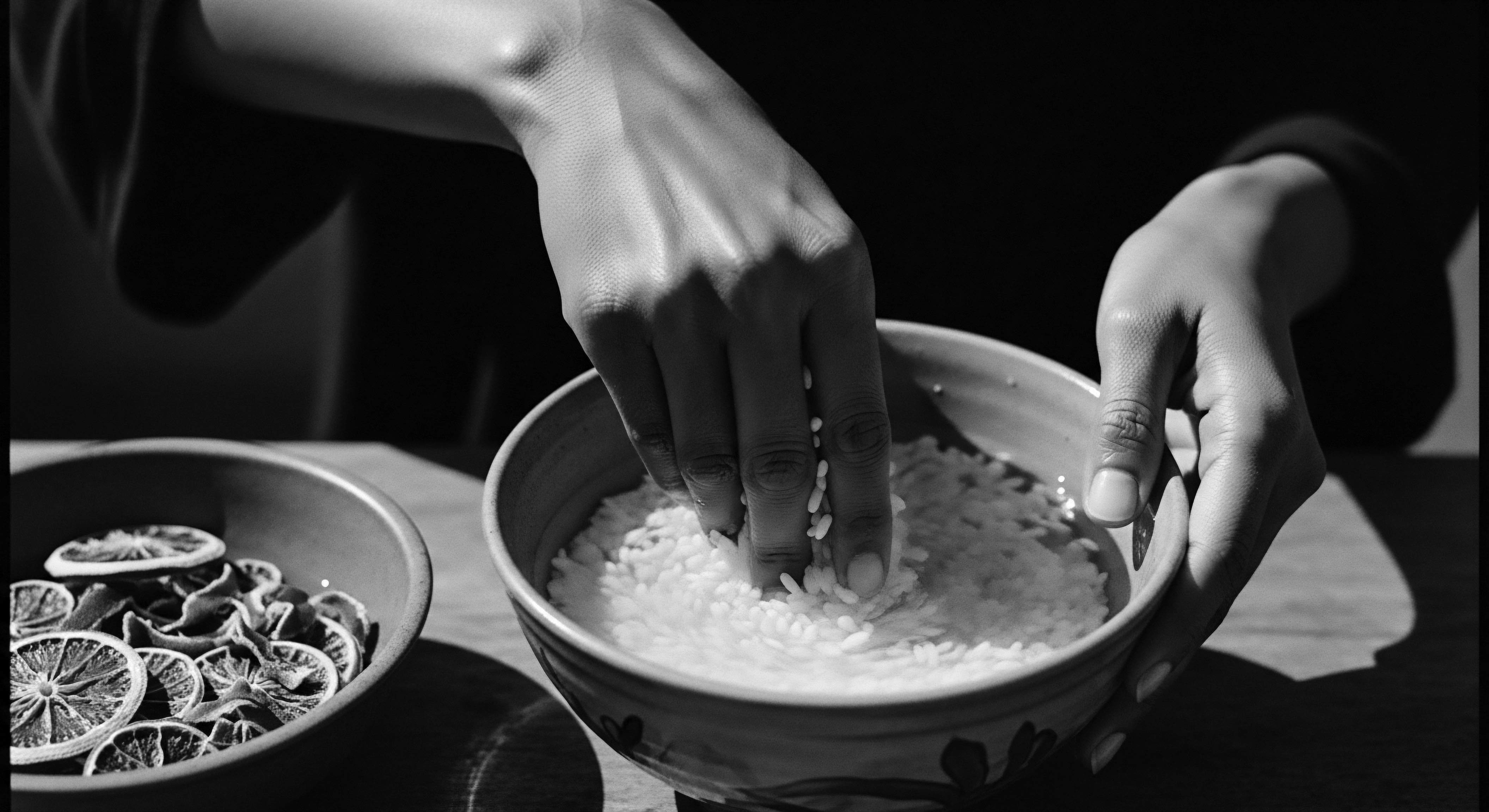
What historical role do oils play in textured hair moisture?
Oils historically provided essential moisture, protection, and symbolic value for textured hair across Black and mixed-race heritage, adapting ancestral wisdom for resilience.

What ancestral practices influenced modern hair tools for textured hair?
Ancestral ingenuity with natural materials and intuitive care directly shaped modern textured hair tools and techniques.
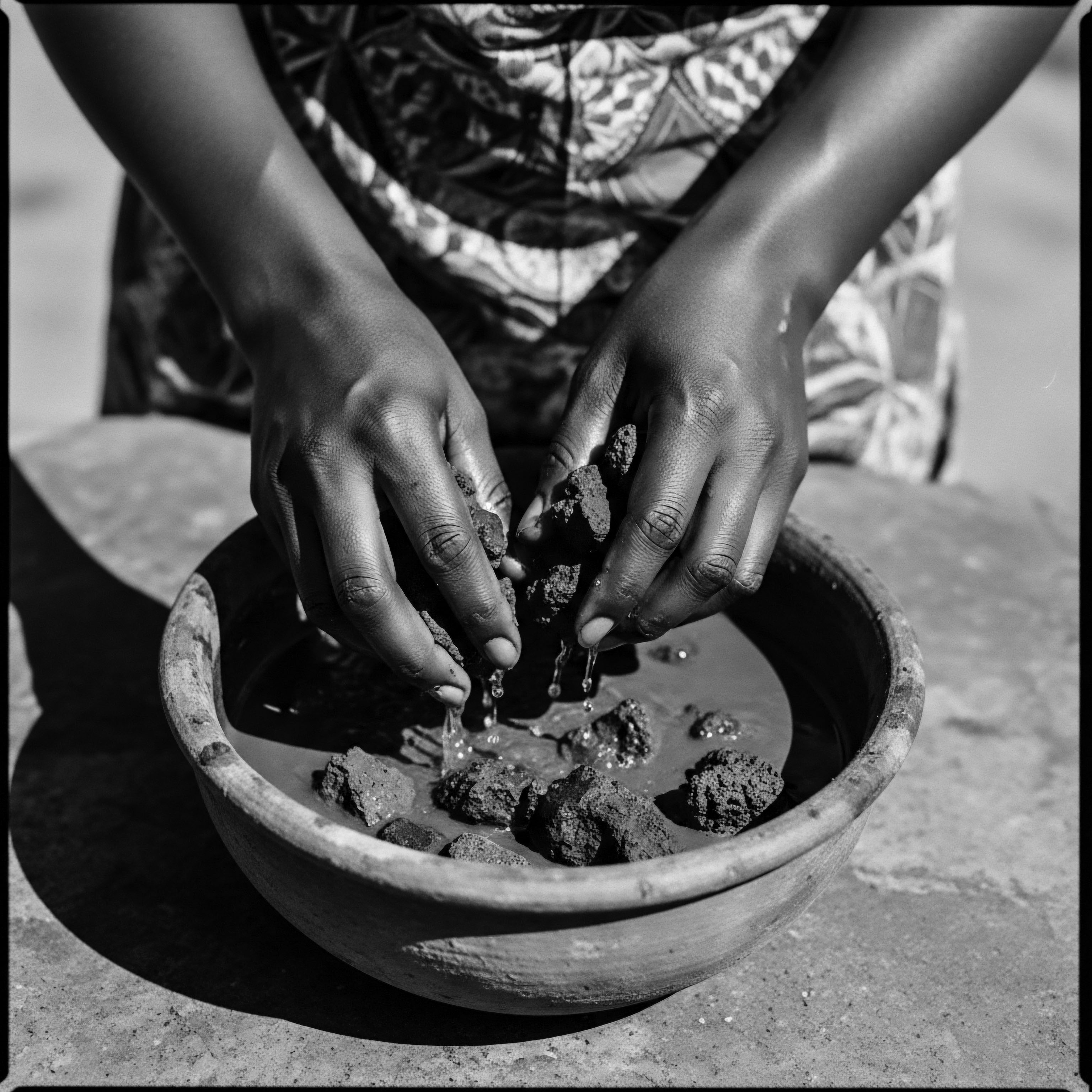
What historical examples show clay’s role in textured hair care heritage?
Historical examples reveal clay's ancestral role in cleansing, protecting, and ceremonially adorning textured hair, deeply rooted in cultural heritage.
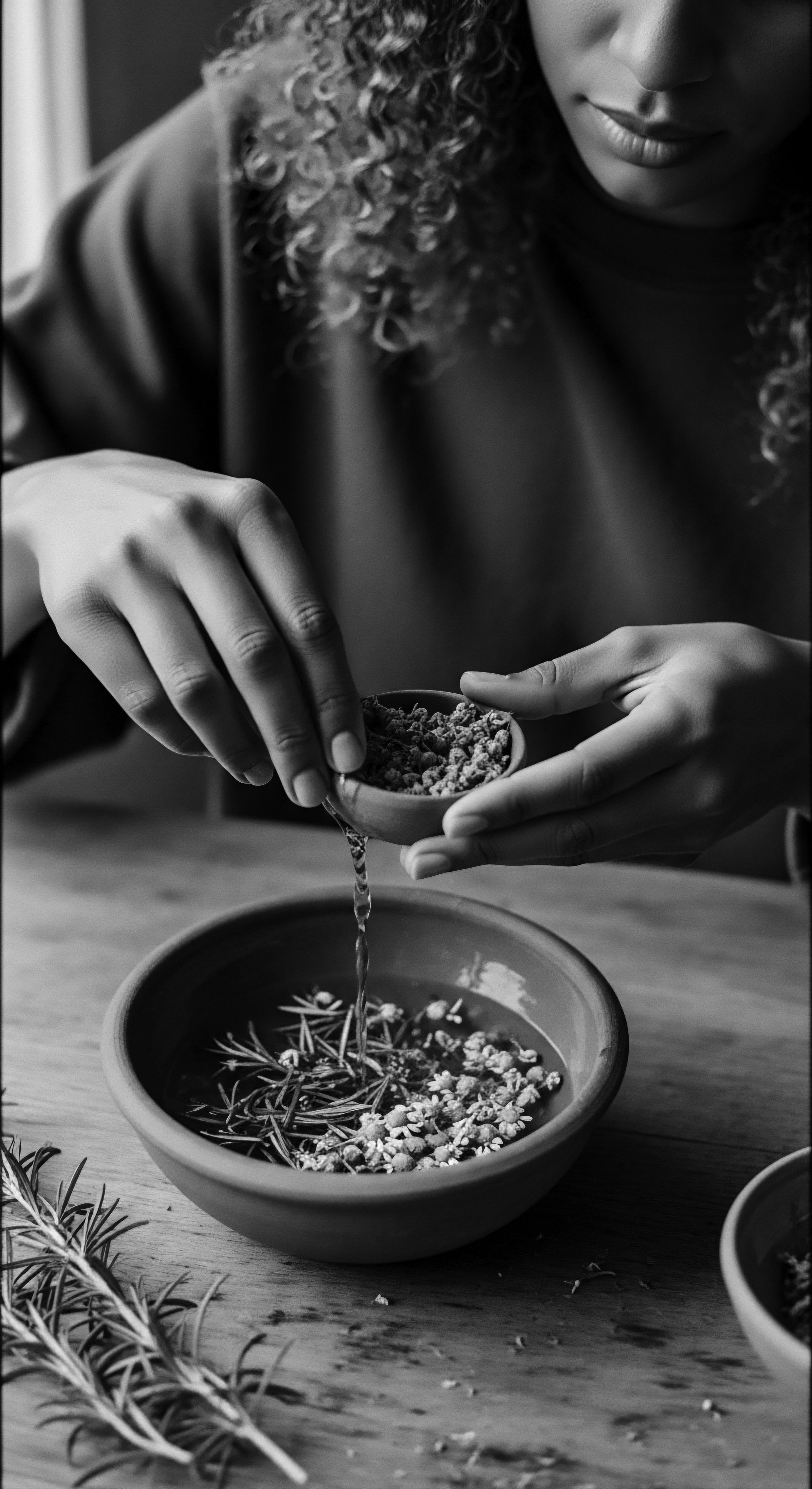
What historical ingredients supported textured hair moisture retention?
Ancestral practices for textured hair moisture retention relied on plant oils and butters like shea and olive to preserve hydration.

Why did ancestral practices prioritize hydrating textured hair?
Ancestral practices prioritized hydrating textured hair to maintain its inherent strength and cultural symbolism, understanding its unique thirst.

Amazonian Tribes
Meaning ❉ A unique exploration of Amazonian Tribes' hair traditions, revealing a deep connection to textured hair heritage and ancestral plant-based care.
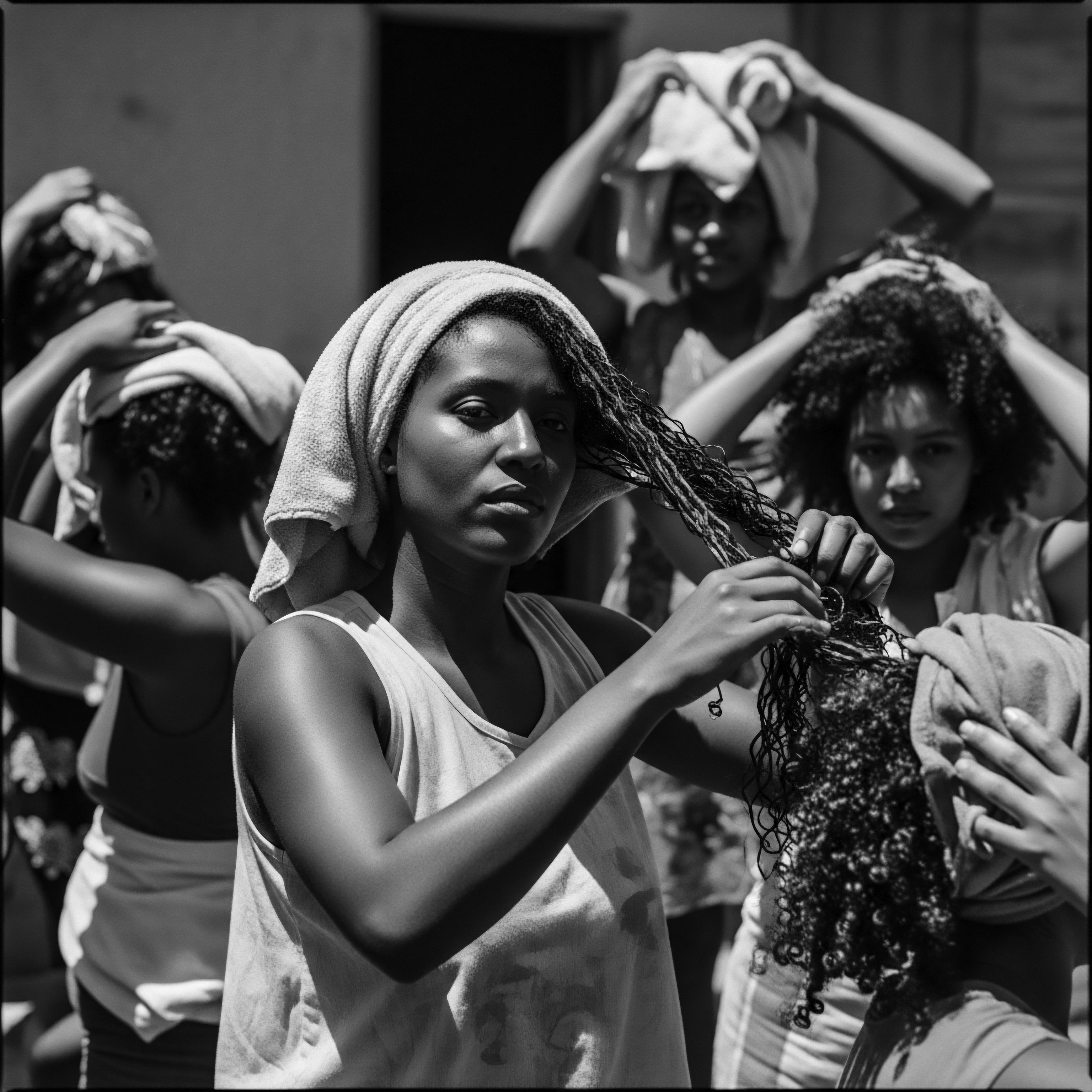
Which ancestral practices support textured hair moisture?
Ancestral practices for textured hair moisture center on natural emollients, protective styling, and consistent, holistic care deeply rooted in cultural heritage.
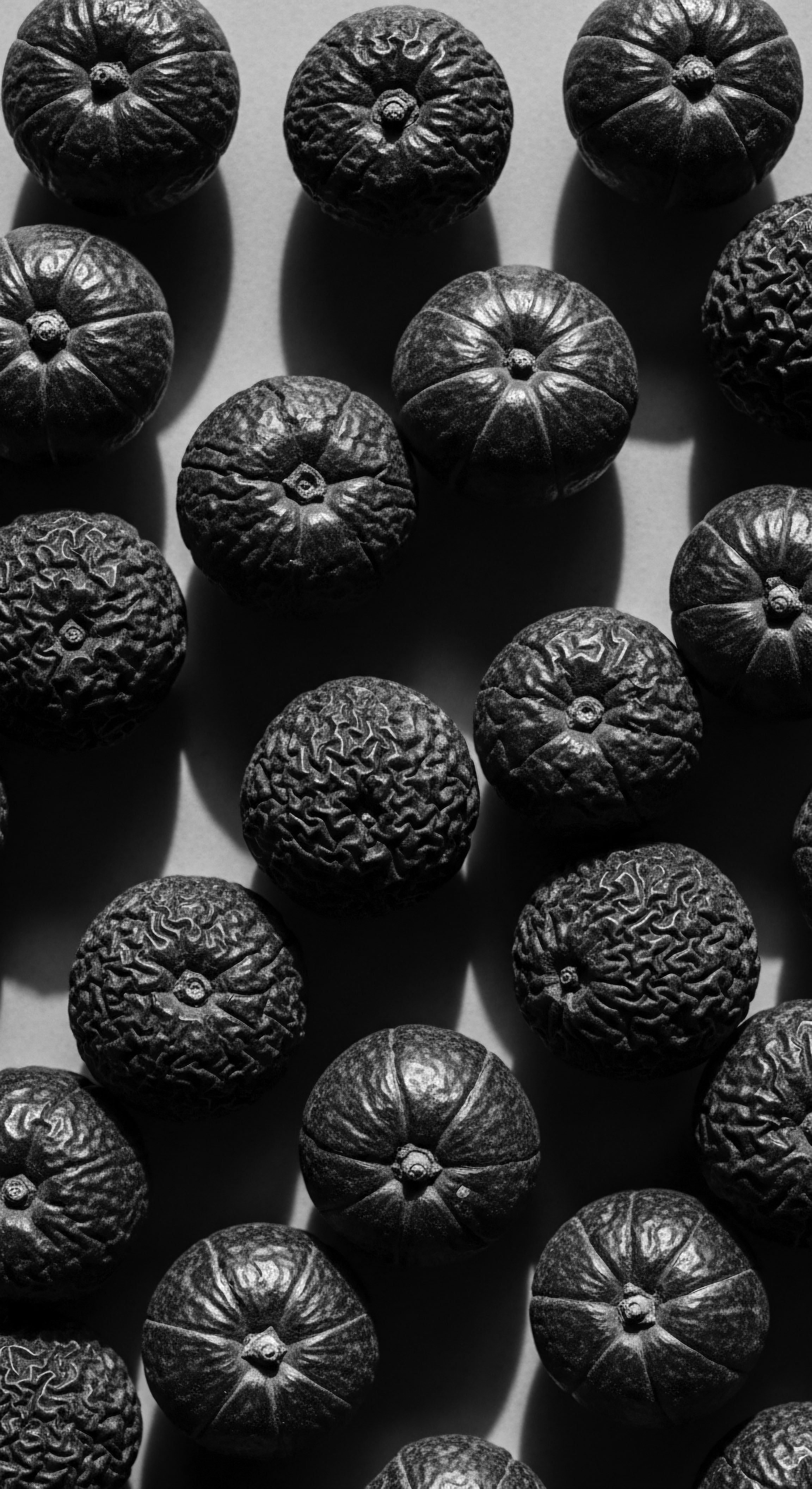
How did Indigenous communities preserve textured hair health?
Indigenous communities preserved textured hair health through symbiotic relationships with nature, applying ancestral botanical wisdom to sustain robust strands.
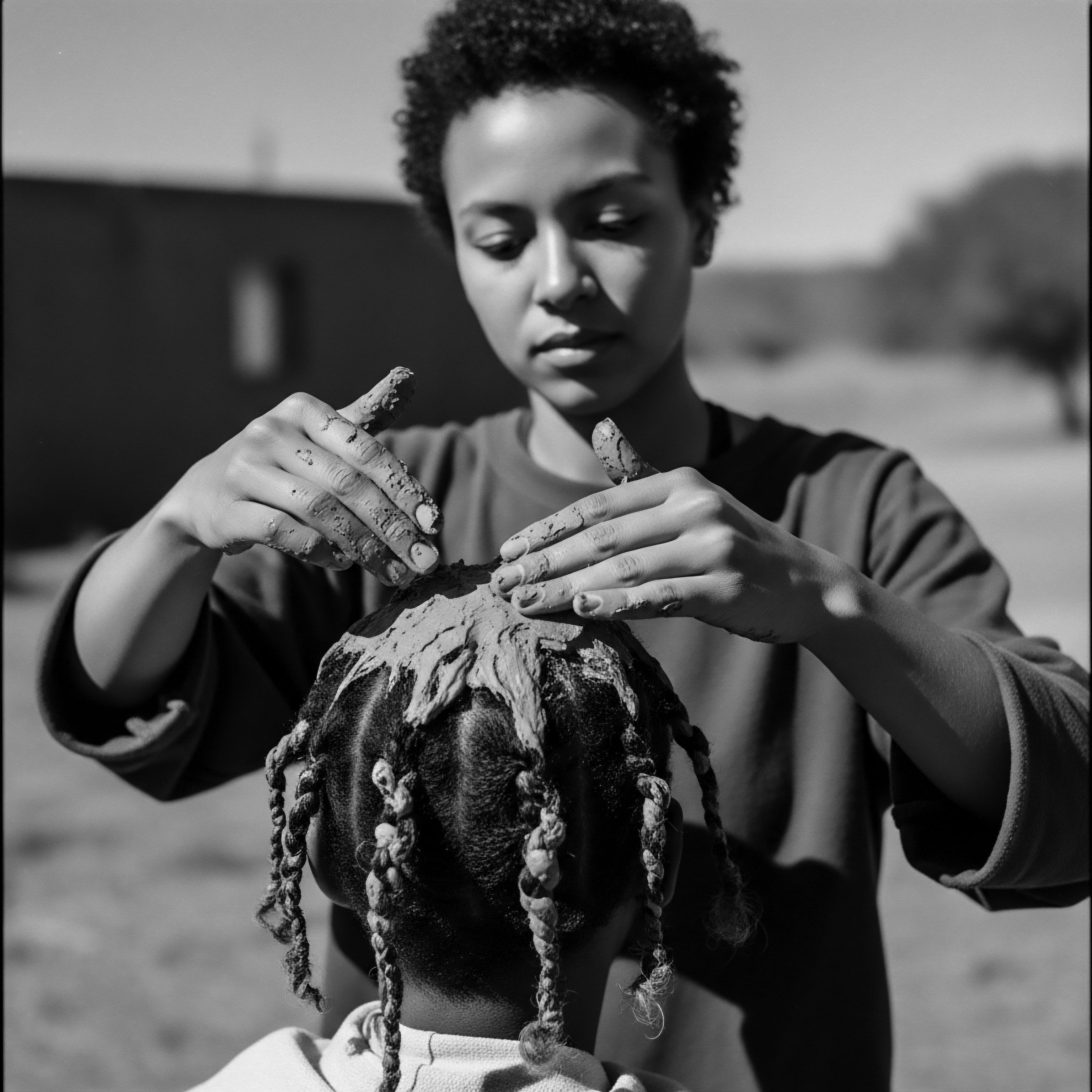
South America Hair
Meaning ❉ South America Hair defines the diverse textures, ancestral care practices, and profound cultural significance of hair across the continent.

Archaeological Combs
Meaning ❉ Archaeological combs are ancient hair tools offering profound insights into ancestral grooming, identity, and the enduring heritage of textured hair care.

What historical evidence supports botanicals for textured hair heritage?
Historical evidence confirms botanicals were central to textured hair care, stemming from ancestral wisdom and cultural practices.

What ancestral dyes colored textured hair?
Ancestral dyes for textured hair, rooted in plant and mineral sources, were deeply connected to cultural identity and protective heritage practices.
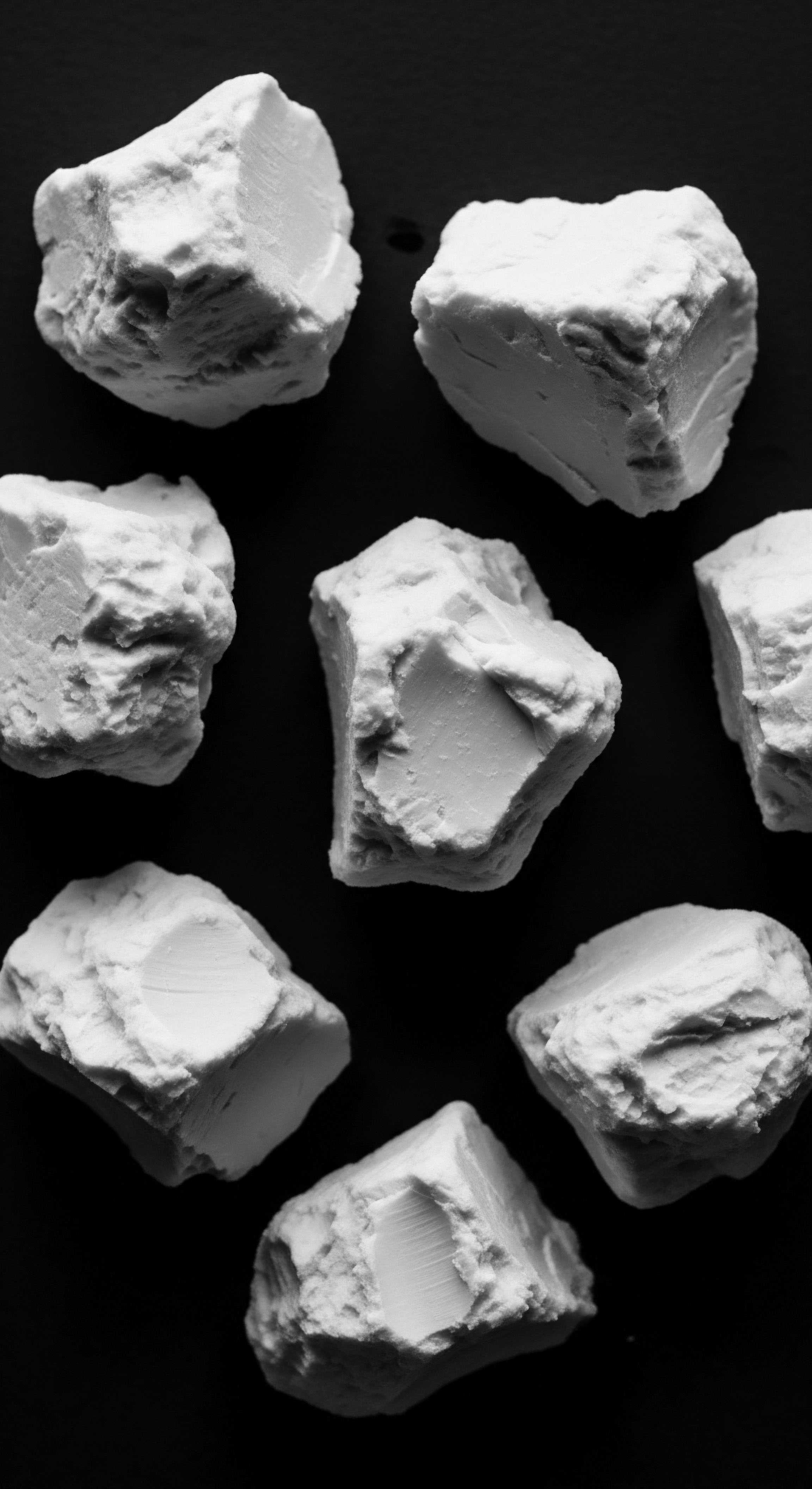
What ancestral materials protect textured hair from damage?
Ancestral materials like plant oils, rich butters, and mineral clays provide a protective shield and deep nourishment for textured hair's unique heritage.

What ancestral plants relieved textured hair scalp discomfort across diasporas?
Ancestral plants across diasporas relieved textured hair scalp discomfort through natural hydration, anti-inflammatory actions, and cleansing, deeply rooted in cultural heritage.
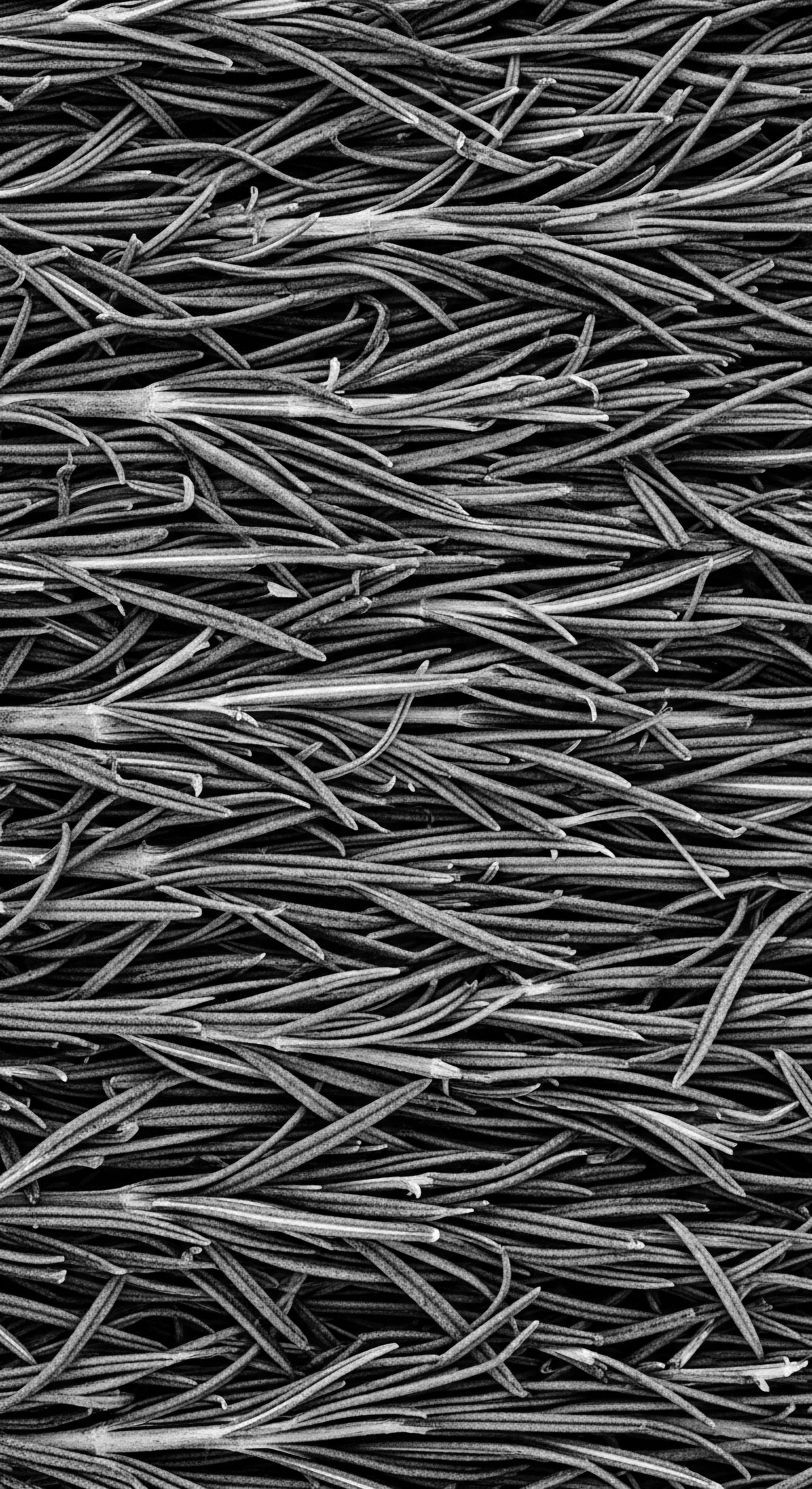
Ancient Combing
Meaning ❉ Ancient Combing represents a historical, deeply cultural practice of hair care for textured hair, intrinsically linked to identity and heritage.

What historical botanicals purified textured hair?
Historical botanicals, often rich in natural cleansers like saponins, purified textured hair through gentle, heritage-rooted practices.

How did African communities care for textured hair?
African communities nurtured textured hair using ancestral botanicals and protective styles, deeply connecting care with cultural identity and lineage.

